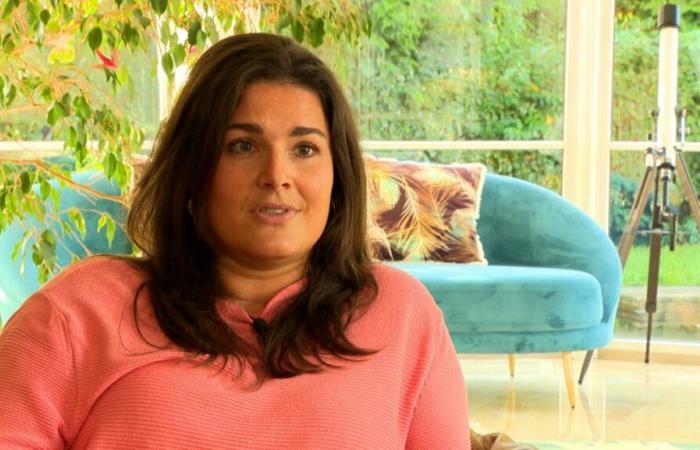
It’s been a hell of a week for Daphne. It’s been seven days since the migraine has stopped leaving her. “My joints are tense, actually… I hurt everywhere,” she describes. “I have twinkles in my eyes, white spots and I can’t look at the light.”
The pain is such that the slightest activity becomes insurmountable. Almost daily crises that she has suffered since she was 18 and which gradually exclude her from society. “When you no longer work, when you no longer go out two or three times a week, when you no longer drink alcohol, when you no longer have children, well, you are disqualified from society “testifies Daphné.
The young woman is drug refractory. That is to say that no treatment has any effect on his illness. At 39 years old, she doesn’t see the end. “I’m afraid. Afraid that this won’t stop”, she said, visibly affected.
Daphné’s despair is similar to that experienced by some of the 2 million Belgians who suffer from migraine. One of the most common brain disorders. This neurologist has been studying it for a long time. “They unfortunately have a migraine threshold in their brain which is low. Which means that when they are tired or a little dehydrated, they will be at risk of getting migraines. And unfortunately, over the course of life, with the age increases, mental load increases, migraine threshold lowers.explains Matthieu Rutgers, neurologist.
An often genetic disorder from which 3 times more women than men suffer. “There are perhaps constitutional genetic factors, there are probably hormonal factors which are specific to women versus men. And personally, I think there are factors linked to the load mental, which still remains, even in 2024, more assumed by women than men today”estimates Matthieu Rutgers, neurologist.
A revolutionary treatment is now available
But now there is hope. A new generation anti-migraine treatment is revolutionizing the lives of many patients. “It is aimed at a small contingent of patients, those called chronic migraine sufferers who have at least 8 days of migraine per month, describes Matthieu Rutgers, neurologist. We can hope for at least 50% fewer migraines in these patients, or even more.”
Stéphanie benefits: she comes back to life
Among the beneficiaries, Stéphanie, a migraine sufferer since she was 18. Today she comes back to life. “I went from 14 days of migraines per month to zero.”she describes.
Until a few months ago, the small pleasures of everyday life were almost impossible for him. “I think there were so many times in my life where I was down and I didn’t understand why I had to go through that,” she remembers.
She also spent several days a week bedridden in the dark, hoping the pain would stop. Stéphanie finally turns the page. “I go out a lot more often, I go to more restaurants, before I didn’t drink at all and now, once a week, I can have a drink and there are no consequences. Also, I’m not afraid when there are holidays, events, parties”describes Stéphanie, whose immense relief we can sense.
A new life of which she savors every moment. “I consider that I have recovered 50% of my life, which is incredible,” believes Stéphanie.
Only one in ten patients receive reimbursement
Although revolutionary, this treatment is expensive: around 500 euros per month. It is well covered by social security, but the administrative criteria are such that to date, less than 10% of patients can benefit from it.
large format migraine revolutionary treatment





